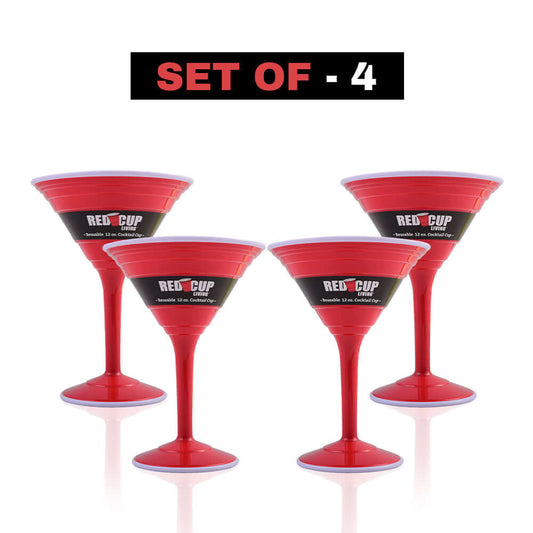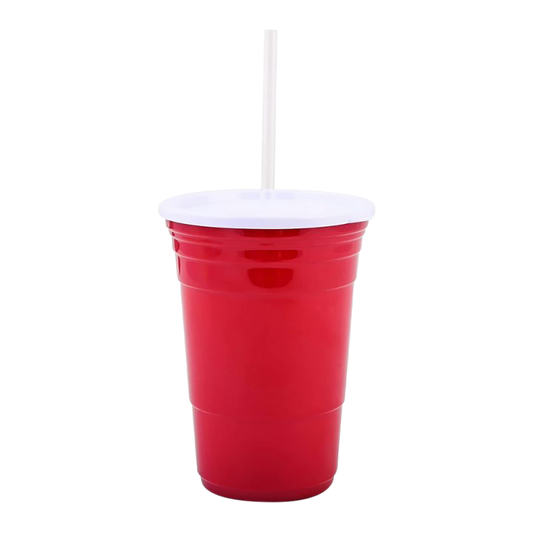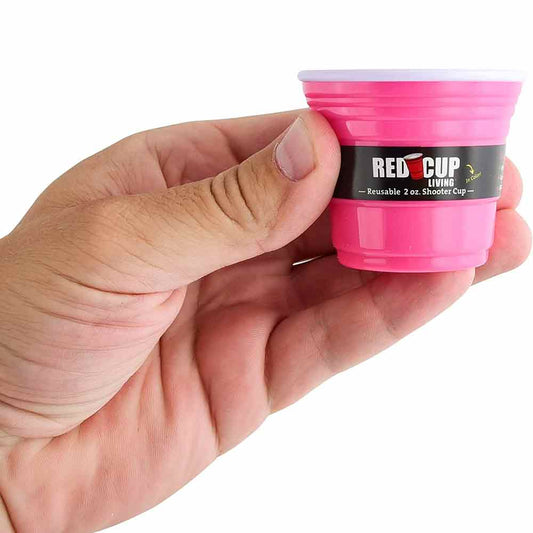You’d think choosing between a cup vs mug would be a no-brainer, right? But give it a second. That morning while coffee brewing, you reach into the cabinet and your hand hesitates. Should you grab the mug or the cup? Most of us go with what feels familiar, but what if that small decision actually made a real difference in how you enjoy your drink, how long it stays warm, or how much waste you create?
The difference between a cup and a mug is more than just a matter of shape or size. It’s about how each one serves its purpose, and yes, even how it fits into your lifestyle. At home, in the office, or for businesses, especially in cafes or event setups, this distinction can influence everything from presentation to sustainability efforts.
In this breakdown, we’ll dig into what sets a cup apart from a mug. We’ll tackle the classic coffee cup vs mug debate, explain how many cups a mug is, and show you why shifting to reusable options is not only a smart choice—it’s one that truly adds up.
Differences in Meanings of Cup and Mug
Let’s start with the basics. The difference between cup and mug becomes pretty clear once you compare how they’re designed and why they’re used the way they are.
Mug:
-
Size: Bigger by default—typically holds 8 to 16 ounces.
-
Shape: Tall, thick-walled, and often cylindrical to trap heat longer.
-
Material: You’ll mostly find mugs in ceramic, stoneware, or even stainless steel.
-
Usage: Think casual coffee breaks, long study nights, or chilly mornings.
-
Handle: Full-sized and comfortable to grip—made to be held even when hot.
If someone asks you what a mug is, picture that reliable coffee companion that lives on your desk.
Cup:
-
Size: More petite—usually about 6 to 8 ounces.
-
Shape: Slightly rounded or flared, often served with a saucer.
-
Material: Light and elegant—porcelain, china, sometimes glass.
-
Usage: Perfect for tea time, espresso shots, or formal table settings.
-
Handle: Smaller, sometimes just there for style.
Understanding what cups are can help you realize when and why you’d use one instead of a mug.
Coffee Cup vs Mug – Which One Is Better for Your Brew?
If your day starts with caffeine, you’ve probably asked this, even unconsciously: coffee cup vs mug—what’s better?
Here’s the thing. Mugs are built for daily life. They’re generous in volume, keep your drink hot longer, and don’t spill easily. If you're walking into a meeting or settling in for work, you want a mug nearby. Some even come with lids—bonus points for that.
Cups, on the other hand, shine in settings where the drink is more about experience than quantity. Sipping espresso from a porcelain cup at a quiet café? That’s the moment they’re made for. But they cool quickly and don’t hold much.
So, mugs are better for day-to-day functionality. Cups win on class and tradition. In the coffee cup vs mug matchup, both have their place. It really depends on what the moment calls for.
How Many Cups Is a Mug?
Let’s get practical. Ever asked yourself, how many cups is a mug? You’re not alone.
Average Mug Volume in Cups
On average, a mug holds around 12 ounces, which means about 1.5 cups. But there’s no universal standard. Some mugs push past 16 ounces (that’s 2 full cups), and smaller ones might only hold 8 ounces—exactly 1 cup.
Why This Matters for Recipes and Caffeine Intake
This isn’t just kitchen trivia.
-
Baking or cooking? If you're measuring out liquids and using a mug instead of a standard cup, you might throw off your whole recipe.
-
Caffeine tracking? You might think, “I had two cups of coffee today.” But if they were large mugs? That’s easily four cups’ worth.
So yes, figuring out how many cups is a mug helps you manage your intake and keeps your cooking consistent too.
Why Reusable Cups and Mugs Are the Smarter Eco-Friendly Choice
This is where the conversation shifts. Sure, we’ve talked about design and function. But what about the bigger picture?
Reusable cups and mugs are more than a trend—they’re a solution.
Sustainability Benefits
-
Trash Reduction: Billions of single-use cups go to landfills every year. One reusable mug can offset hundreds of those.
-
Fewer Resources Wasted: Paper cups might seem harmless, but they need trees, water, and energy to produce. Reusables? You use them over and over.
-
Saves Money Over Time: For both individuals and businesses, buying disposables adds up. Reusables pay for themselves fast, and some places even give you a discount for using one.
Stylish & Functional Options for Daily Use
Gone are the days when eco-friendly meant boring. Today’s reusable options are as stylish as they are practical. Think ceramic travel mugs, vacuum-insulated steel tumblers, and even versions of the iconic red party cups from Red Cup Living that are built to last.
You can match your mug to your mood or your brand.
Making the Switch – What to Look for in a Reusable Cup or Mug
If you’re ready to ditch disposables, good. But take a second to choose right:
-
Material: Look for BPA-free plastic, stainless steel, ceramic, or glass.
-
Insulation: If you sip slowly, double-walled or insulated options are worth every penny.
-
Lid Quality: Especially if you’re commuting. Nobody wants a spill.
-
Fit: Make sure it fits in your car’s cup holder—or under your coffee machine.
Small tweaks like these make daily habits more sustainable and a whole lot more enjoyable.
Conclusion
So what’s the verdict? The difference between a cup and a mug is subtle, sure, but it matters. Mugs are your everyday companions. Durable. Roomy. Dependable. Cups have a refined feel and work best when you’re focused on experience or occasion.
But the bigger takeaway in the cup vs mug conversation? It’s not about picking a side—it’s about making the smarter choice to go reusable. And that’s where the Red Cup Living brand comes in. Red Cup Living encourages a more sustainable way of living through their eco-friendly red cups and mugs. So, choose Red Cup Living and experience the difference!. At home, in business, or on the move, that one change ripples into something bigger. And now, next time you brew your drink, you’ll know exactly what to reach for—and why.
FAQs
Q: How many cups do you usually get from one mug?
Honestly, it depends on the mug, but in most cases, you’re looking at around one and a half cups. If you’re using one of those giant mugs, it might even be two. So yeah, not all mugs are created equal.
Q: When it comes to coffee, is a mug really better than a cup?
For most folks, yes. A mug holds more and keeps things hot longer, which is a big deal if you're sipping throughout the morning. However, if you're looking for something small and elegant, such as a shot of espresso, then a cup definitely fits the mood.
Q: Technically speaking, is a mug just another kind of cup?
Pretty much. A mug is still a cup—it’s just a bigger, chunkier, and more casual version. Kind of like how all thumbs are fingers but not all fingers are thumbs, you know?
Q: So what’s actually better—cup or mug—for daily use?
If you’re asking what most people use daily, it’s got to be a mug. Hands down. It’s practical, cozy, and made for real-world mornings. Cups are great too, but they’re more about setting a vibe than surviving a Monday.

















